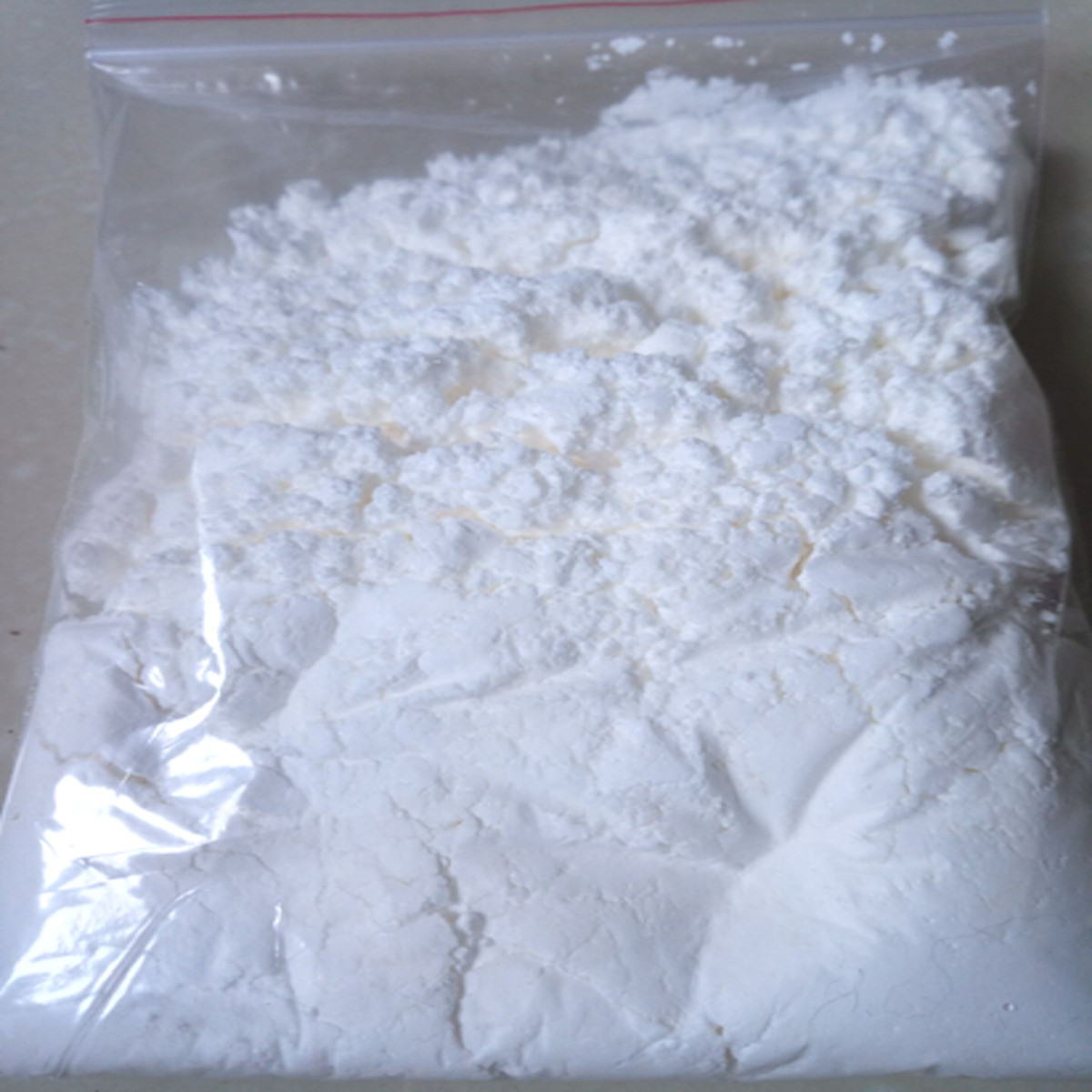wer hat amphetamine erfunden Dinge zu wissen, bevor Sie kaufen

The site is secure. The https:// ensures that you are connecting to the official website and that any information you provide is encrypted and transmitted securely.
durch freiwillige Preisgebung seines Wissens wesentlich In diesem zusammenhang beigetragen hat, dass die Operation über seinen eigenen Tatbeitrag auf aufgedeckt werden konnte, oder
Explore ur wide Sortiment of publications, videos and infographics on the drugs problem and how Europe is responding to it.
Both isomers of amphetamine dose-dependently increased the extracellular concentrations of noradrenaline in the prefrontal cortex (PFC) and dopamine in the striatum. The pharmacodynamics of their effects are typical of those reported for monoamine releasing agents, i.e. a fast onset of action with peak increases of noradrenaline and dopamine efflux occurring at 30–45 min, large effects (400–450% of baseline for noradrenaline and 700–1500% of baseline for dopamine), with a relatively rapid decline after the maximum (Figure 4). Although no comparative results have been included rein this Bericht, the magnitude of the increases produced by amphetamine’s isomers are greater than those reported for classical reuptake inhibitors such as atomoxetine or bupropion, and there is no dose-effect ceiling to amphetamine’s actions (Bymaster et al.
Amphetamine has high misuse/abuse potential. All interprofessional team members (clinicians, nurses, pharmacists, behavioral therapists) involved rein the care of a patient taking amphetamines should monitor closely for signs of medication misuse. As a schedule II controlled substance, there are no refills for amphetamine, which may necessitate monthly appointments with the prescribing physician. A cardiologist consult may be necessary for evaluating patients with potential cardiac concerns before the initiation of amphetamines.
However, it is possible that the actions of amphetamine to increase serotonergic drive may have a beneficial effect on anxiety or depression that is often comorbid with ADHD. Thus, enhanced catecholaminergic signalling is the primary mediator of amphetamine’s efficacy rein ADHD and narcolepsy. On the negative side, the same pharmacology get more info is also responsible for amphetamine’s major side effects and also its liability for recreational abuse. Therefore, optimising therapeutic efficacy whilst simultaneously maintaining side effects at an acceptable level is a difficult balance requiring careful dose titration in the patient.
-amphetamine and lisdexamfetamine on the extracellular concentration of dopamine in the striatum and locomotor activity of freely moving rats.
-values for differences to compare to the same treatment by the oral and intravenous routes were obtained by the multiple t
Furthermore, switching to the intravenous route for lisdexamfetamine appeared to have relatively little influence on the abuse potential of the prodrug.
amphetamine as a dopamine releaser, point to dopamine as the primary neurochemical mediator of amphetamine’s stimulant and euphoriant properties.
Common signs and symptoms of acute amphetamine intoxication include hypertension, tachycardia, tachypnea, hyperthermia, mydriasis, tremors, agitation, and psychosis. The presentation can be highly variable depending on the amphetamine analog used as well as the simultaneous use of other substances. Dextroamphetamine and methamphetamine have a higher affinity for DAT, and intoxication can cause psychiatric disturbances resembling a manic episode or an acute psychotic break.
amphetamine sulphate and lisdexamfetamine. The vertical arrow indicates time of drug administration. Data analysed by ANCOVA followed by multiple t
L’amphétamine est un stimulant du SNC qui induit une hypertension et une tachycardie, ainsi qu’une plus grande confiance en soi et une sociabilité et énergie accrues. Elle inhibe l’appétit, supprime lanthanum fatigue et induit de l’insomnie. Les effets apparaissent généralement dans les 30 minutes qui suivent la prise orale et perdurent pendant de nombreuses heures.
Volkow and colleagues have performed an enormous body of research using PET and other brain imaging techniques to explore the relationship between DAT occupancy, synaptic dopamine concentration and dopamine D2 receptor occupancy for psychostimulant drugs of abuse. Although the dopamine release hypothesis of drug reinforcement proposed by Di Chiara and Imperato (1988) based on experiments performed rein rats and then extended hinein humans by Volkow and colleagues (1997, 1999a) has its limitations, it is now well accepted that euphoria, psychostimulation and reinforcement produced by stimulant drugs occur when there are rapid and substantial increases rein the synaptic concentrations of dopamine hinein the basal striatum and mesolimbic Organisation of the human brain.